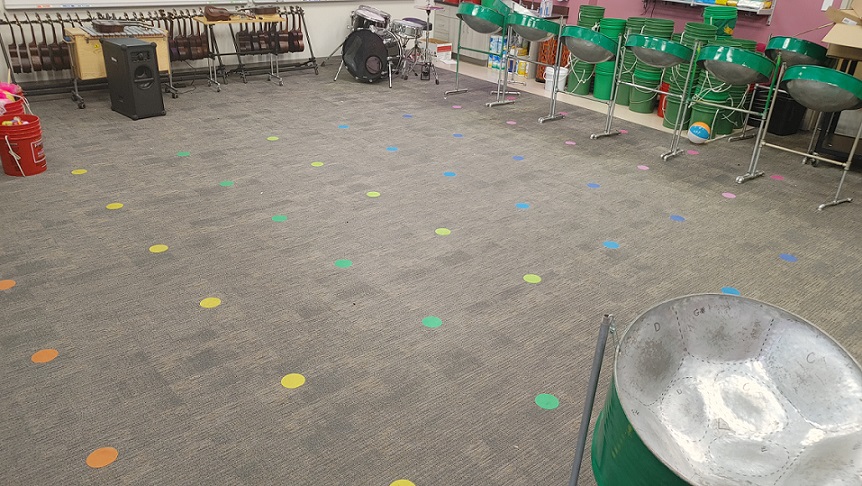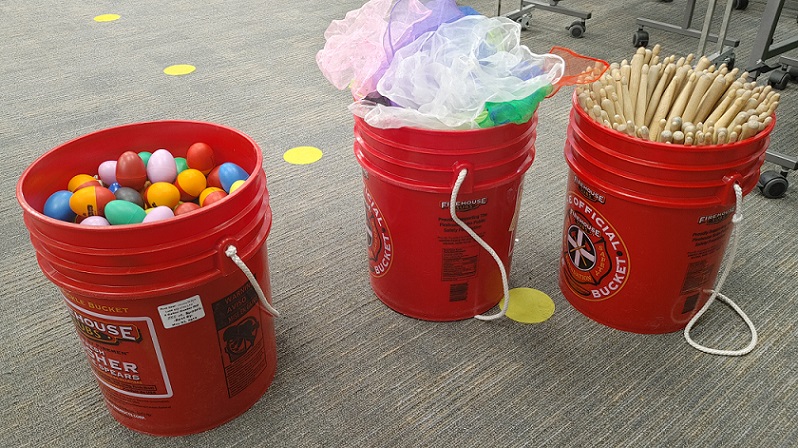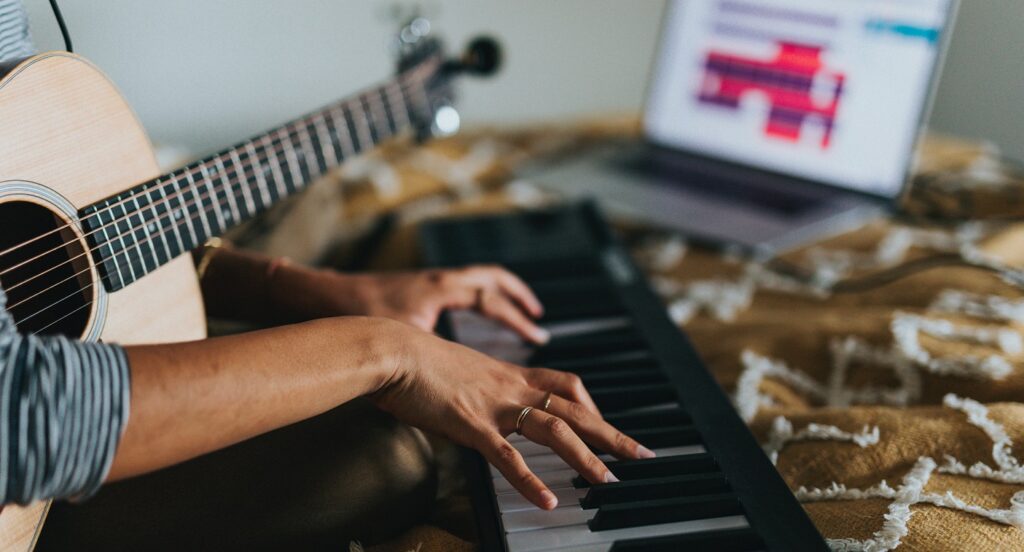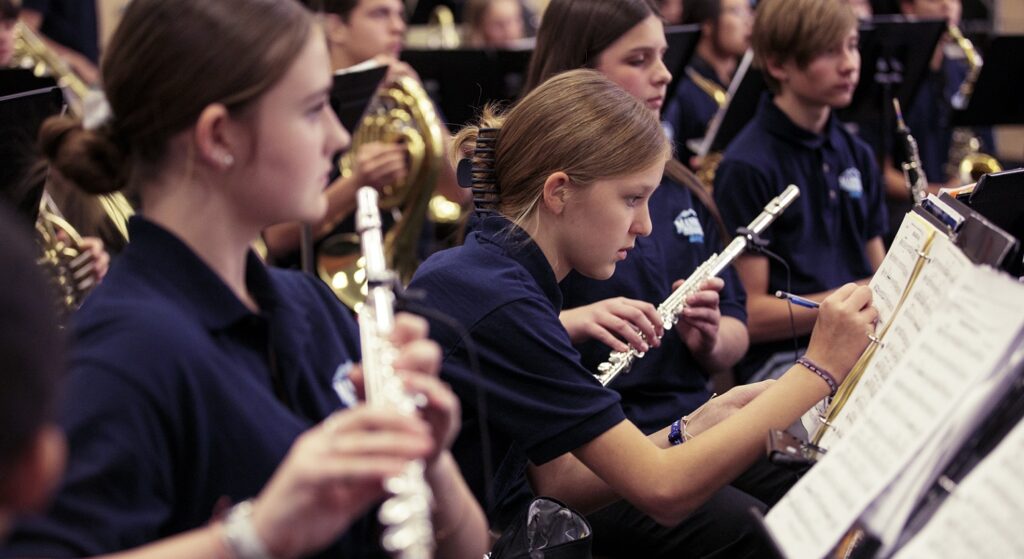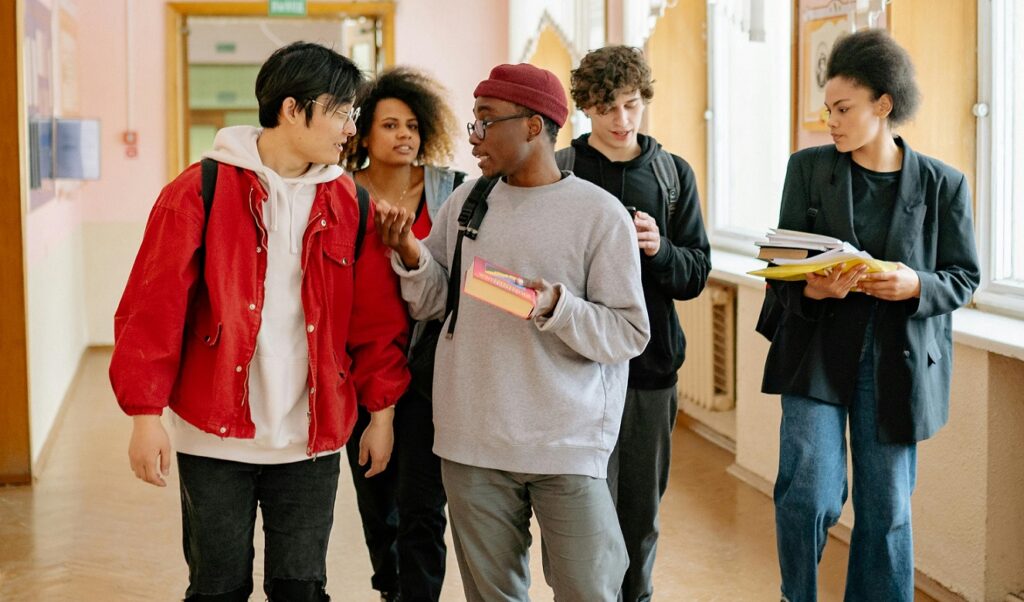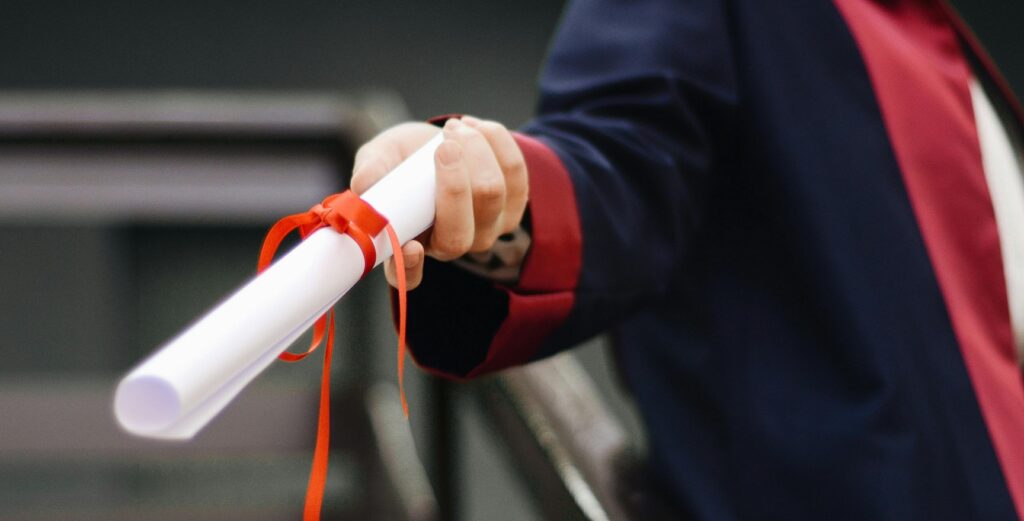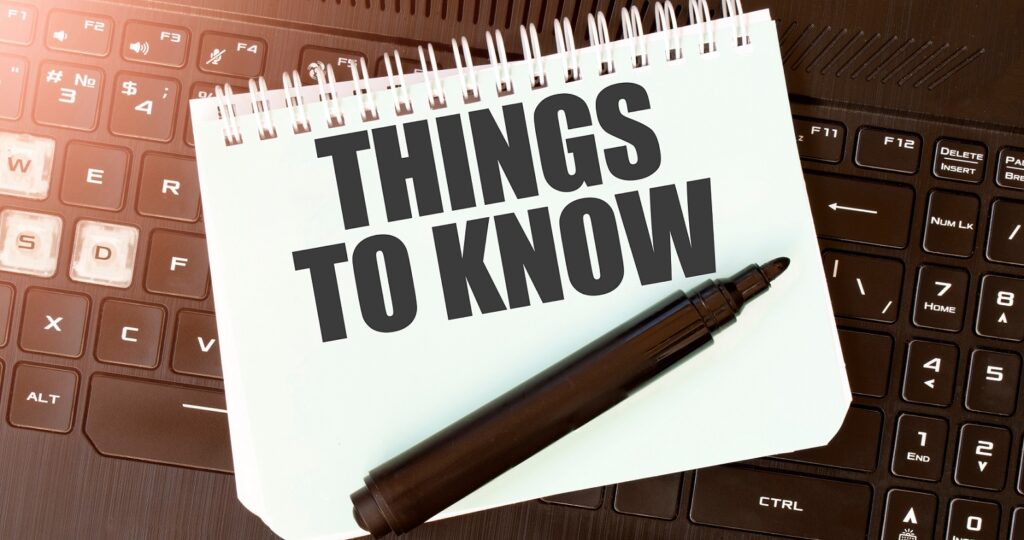COVID Protocols I Plan to Keep in my Music Class
Some COVID safety rules create a stronger learning environment where students are conscious of their germs and surroundings.
Knock on wood — COVID protocols are being rolled back even more as we prepare for the 2023-2024 school year. Although masks are becoming optional, there are some COVID safety rules that I plan to maintain in my music classroom at Robert and Sandy Ellis Elementary School because they create a stronger learning environment where students are conscious of their germs and surroundings.
Hand Washing and Sanitizer
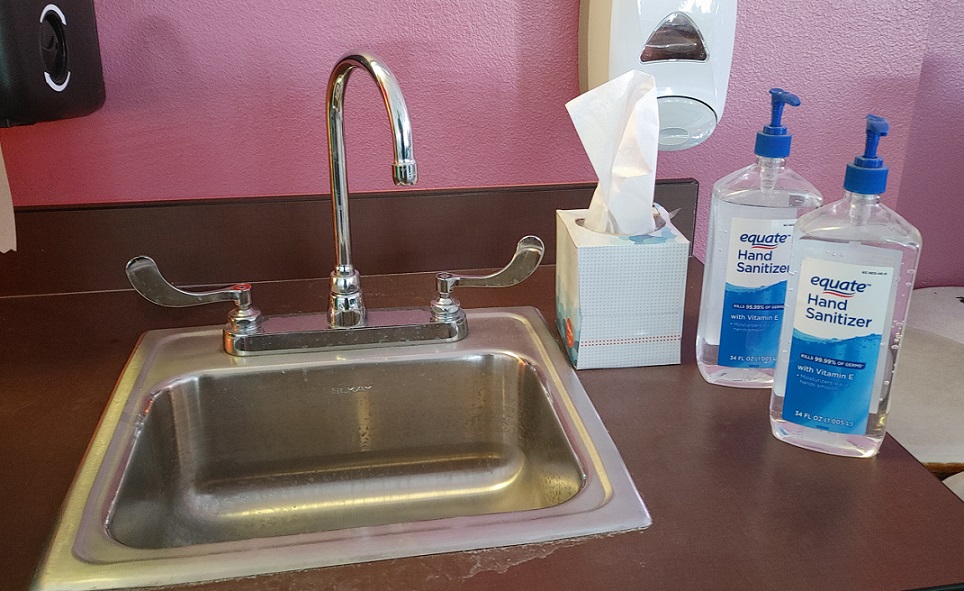 Students have been taught to wash their hands after using the bathroom their entire lives, but hand-washing has felt like a new concept recently. The task of taking an entire class of students to wash their hands before music class is too clunky to do every hour. Instead, I have elected to allow students to self-regulate when they need to wash their hands or quickly use hand sanitizer.
Students have been taught to wash their hands after using the bathroom their entire lives, but hand-washing has felt like a new concept recently. The task of taking an entire class of students to wash their hands before music class is too clunky to do every hour. Instead, I have elected to allow students to self-regulate when they need to wash their hands or quickly use hand sanitizer.
Depending on the age of your students, you might prompt with different questions, but I ask my class before they walk in the room if they’ve touched anything so far today that they wouldn’t want to put in their mouths? The question is designed to get a sweeping response that encourages students to wash their hands. I ask the question to open the door for students to choose if they should wash their hands rather than mandating that everyone do so. Giant tubs of hand sanitizer are stationed near tissues, boomwhackers and the door to give students ample opportunity to use it when desired.
Band, orchestra and choir may not have such a high demand for clean hands, but the elementary music classroom sees enough students putting mallets, boomwhackers and shakers in their mouth to encourage the continued practice of cleanliness.
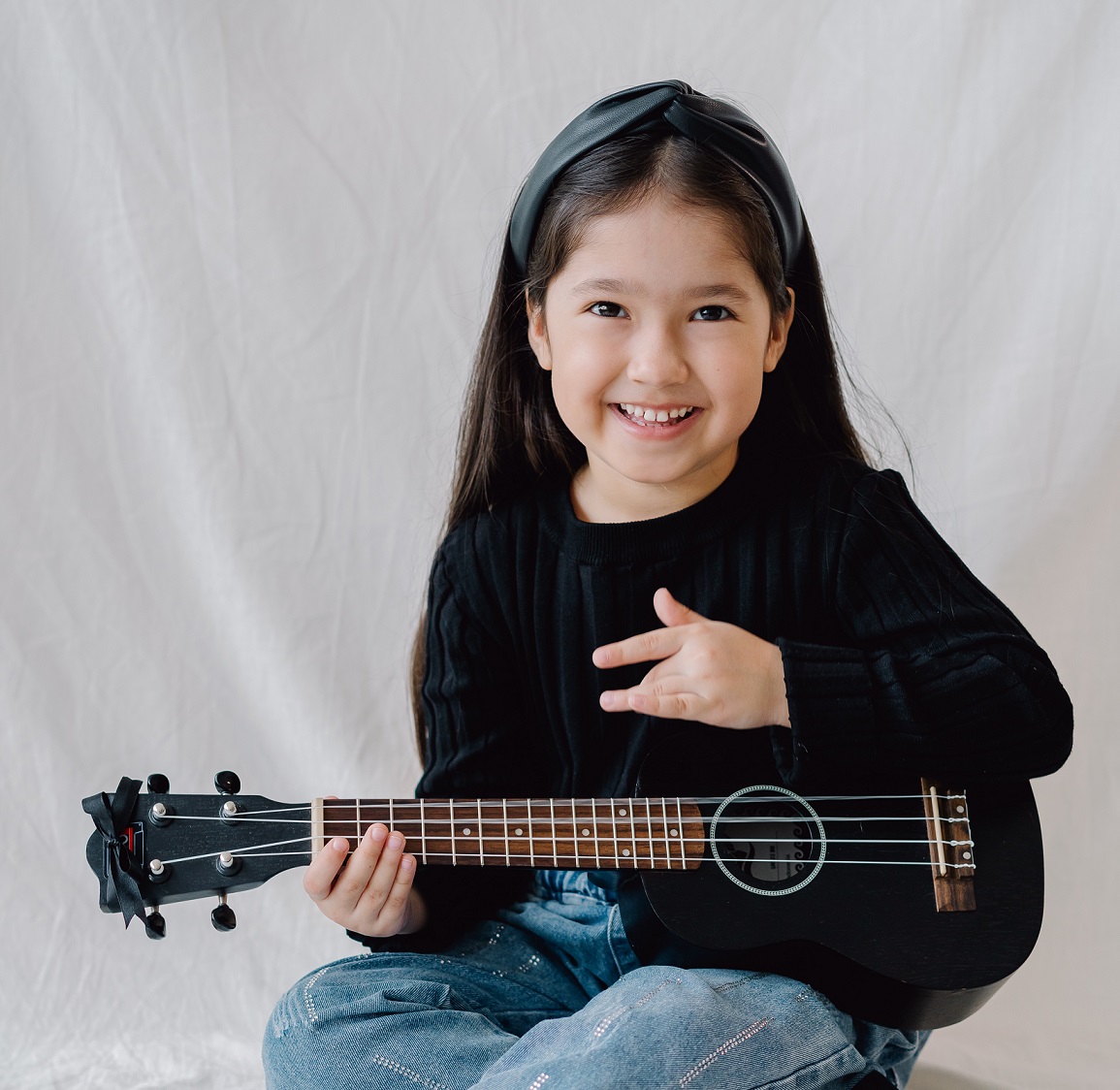 Less Sharing, More Concentrated Time
Less Sharing, More Concentrated Time
Before March 2020, my classroom was a space where students could sample dozens of instruments before promoting up to band, orchestra and choir in 6th grade. When we returned from quarantine, sharing was banned in all classrooms, even if it meant changing your entire curriculum. Most general music classrooms depend on sharing because class sizes are larger than the number of available instruments in a given family.
For example, my 15 ukuleles were each shared by three students who rotated with each ding of the timer. Now that rotating was off the table, I had to commit 15 students to a ukulele at the beginning of class and find other instruments for the remaining students to play. Instead of teaching only ukuleles for an entire lesson, I had to expand my limits to teach ukuleles to 15 students, xylophones to 15 students and hand drums to 10 more at the same time. There were definitely growing pains, but the upside was that students received longer practice times on their instruments and reached proficiency quicker than they did before. This model also allowed me to repeat a lesson with students on different instruments the next week.
Music Lessons Available Online
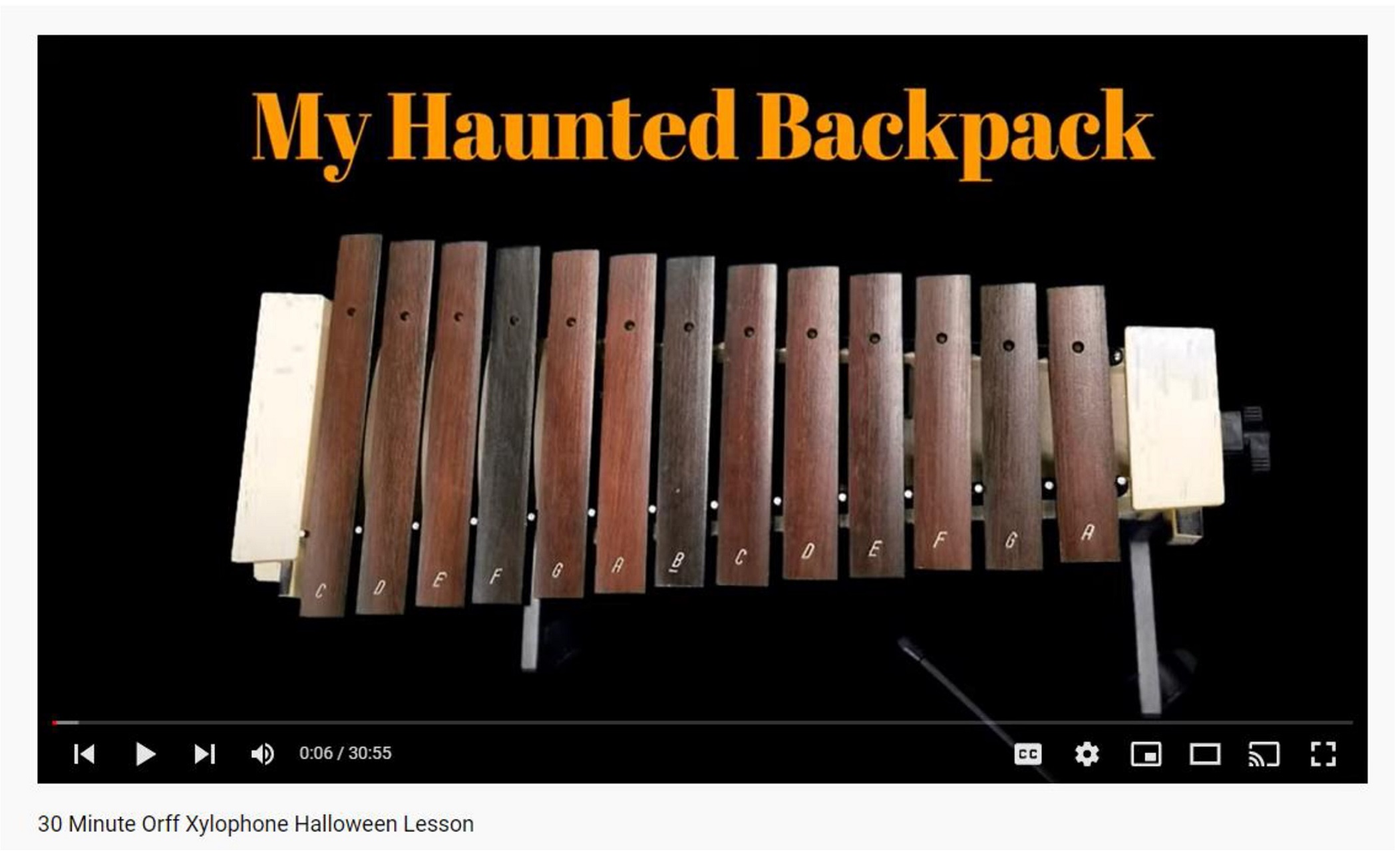 When my district, Clark County School District, was implementing distance education, music teachers were required to post a new lesson every rotation for students to follow either in class or independently. Though it was quite the chore, creating scores of video lessons and the benefits of keeping them on standby have been wonderful.
When my district, Clark County School District, was implementing distance education, music teachers were required to post a new lesson every rotation for students to follow either in class or independently. Though it was quite the chore, creating scores of video lessons and the benefits of keeping them on standby have been wonderful.
My school requires emergency sub plans to be submitted in a red folder so that a substitute has a fighting chance if you’re absent unexpectedly. Having video lessons has allowed me to simply email a link to the substitute with the lovely direction, “Press play.” Students still receive instruction from their qualified music teacher, and the substitute only has to monitor a few students because most of the class will be engaged by your video presence.
Similarly, if you are not assigned a substitute, you can send your video lesson links to the classroom teacher to experience in their classroom or the music room.
Distanced Sit Spots
Many music classrooms are blessed with chairs, but I find them to be a space waster especially when you consider how many instruments could take their place. Pre-COVID, I subscribed to a very loose sitting arrangement on the floor that allowed students to choose their own space. Although it created some problems, the success that I enjoyed was reading students’ engagement based on where they sat. Students who chose the far back corner were telegraphing that they didn’t plan to enjoy or participate in class. I could then gauge the efficacy of my lessons based on how my back-row friends were doing. Sometimes they played with their shoes but other times they scooted a little closer and gave it their best effort.
Despite every teacher in the building telling me I’d be happier with arranged seating, I kept my model. Post-COVID, everyone was required to turn in seating charts for their classes, complete with diagrams for contact tracing purposes. Copying the PE teacher, I purchased Velcro sit spots and spaced them out to the district’s liking.
I’m still using the sit spots eight months later. In fact, I’m content to keep this layout for the remainder of my career! The spacing has drastically reduced behaviors that were tied to close proximity. Students are still close enough to communicate but just out of arm’s reach. I now have the option to call small groups by sit-spot color, and I have made red dots an undesired location for repeated behaviors. “Friend, please move to a red dot until you can make better choices,” is a new deterrent.
Computer Lab Time
One of the futuristic solutions during quarantine was to take music classes to websites like Soundtrap, BandLab, Chrome Music Lab and many others that teach music production. Combined, these websites allow students to create melodies, accompaniments, beats and podcasts all from the school’s computer lab or personal Chromebook. Sound production in music education deserves its own article, but here I’ll simply say, “We need it.”
Distance education created an online resource boom that has given the world the highest quality resources we have ever had in the history of music education. I was fortunate enough to attend an elementary school that had a MIDI keyboard lab meant for student music production, but decades later, that school is still one of the only schools to have a keyboard lab in the entire state. Websites like Soundtrap and BandLab allow any school on the planet to forego purchasing hundreds of thousands of dollars’ worth of physical equipment because their software is compatible with mouse clicks and keyboard strokes. Playing a C major chord is as simple as pressing QET on your QWERTY keyboard.
Exit Procedures
For the last 12 months, the goal at the end of every music period was to prevent cross contamination from one class to the next. Students knew to collect mallets and sticks they used and place them in a red bucket that would be sprayed down at lunch time. Other items like ukuleles, shakers and drums were wiped down in the final three minutes of class.
These tasks, though tedious, created student ownership that I had not previously witnessed. Before the pandemic, many of the rules in my music classroom were meant to protect the equipment from the students. Now, and for the first time in my career, students were tasked with maintaining the instruments, and they demonstrated a shared commitment to make each instrument last as long as possible. I plan to roll back wiping down every hour, but I want to maintain an “instrument check” before lining up so that students have an opportunity to care for the instruments. “Check the wheel locks, the screws, the strings, the bars, the mallets and put it back where you found it. Sanitizer is by the door on your way out!”
What About You?
Every state has handled the return to the classroom differently. What procedures do you plan to keep? Is there something you unconsciously kept and just realized it? Share your thoughts with me on Instagram @Swicksclassroom or email educators@yamaha.com.










